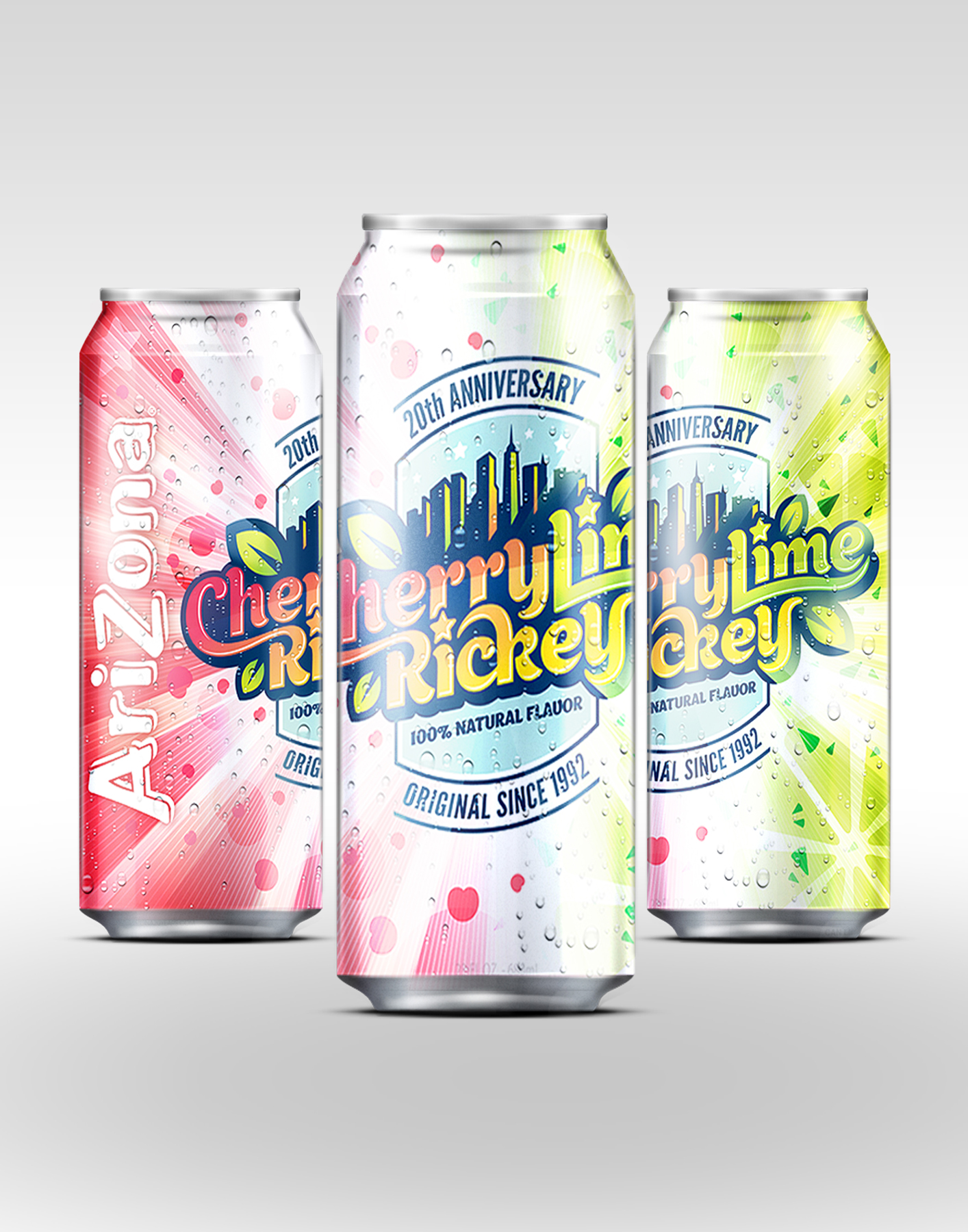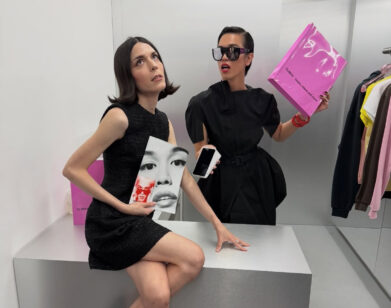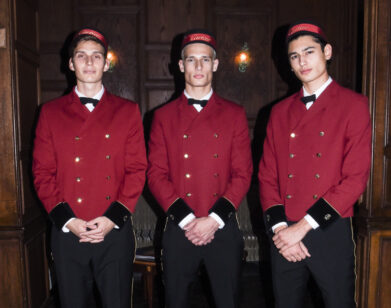AriZona 20 Years: Anna Moller
MIGUEL ENAMORADO: What can an image tell us that words cannot?
ANNA MOLLER: An image can convey the depth of a situation. The impact of the light, nuances of color, distance between things and the exact expressions and body language of people can be seen and sensed. It can offer a very visceral account of a moment in time.
ENAMORADO: You create both fine art and commercial photography—do you approach them differently? How so?
MOLLER: The fine art work is more of a personal expression and is based on intuition and inward search, and the commercial work is a bit more of an “outward” process revolving around collaboration, since it involves a client’s vision and is created for a larger audience.
ENAMORADO: What do you enjoy the most about commissioned commercial photography?
MOLLER: I like that the concept and foundation is set, and that I am able to walk on to the project with my own eye and perspective, and that it is a cooperative effort.
ENAMORADO: You shoot on film. Why is analog important to you?
MOLLER: I think that film reads light in a really beautiful way. When shooting film, I am able to have freedom with how I use the light to construct the image and I am not bound by the technical limitations that I feel digital sometimes has. Also, I can make a decision of what I want to capture without obsessively looking at the display to gauge where I am and where I need to go. And there is a certain quality to the color and saturation, which I find very appealing as well.
ENAMORADO: What do you look for in a photograph subject?
MOLLER: Everyone has a story. Even the young ones. If you focus closely enough on someone, you can see hints of raw emotion and life experience: nostalgia, hope, insecurity, success, disappointment, things lost and gained. A lot of the time, people have their guard up, but sometimes, when those walls come down, the individual can be seen in a very authentic and beautiful way.
ENAMORADO: When did you get your first camera? What pictures did you take early on?
MOLLER: I had a small point and shoot camera when I was around the age of 9. I still have some of the prints in a shoebox. They are small, muted color shots of a summer that I spent in Sweden. But my first proper camera was a Nikon 35 mm, which I used while learning black and white printing in high school.
ENAMORADO: Who would you want to make a photographic portrait of you?
MOLLER: Beautiful question. Paolo Roversi!
ENAMORADO: What made you choose Sweden for your series “The Long Way Home”?
MOLLER: My parents are Swedish and although I was born and raised in the States and consider myself very “American,” Swedish culture is a part of my being. The lingering feelings and sensory experiences from childhood have stayed with me and have effected how I’ve navigated life and created art.
I took those shots around my father’s house in Sweden, a place where I would go to visit when I was small. The trees have roots and those roots are deeply grounded and I liked the symbolism in that.
ENAMORADO: Who are your heroes? Your favorite photos from history?
MOLLER: I’m not sure that I have many heroes, but I do look up to people who choose to climb higher and achieve more than what life hands them. Those who have been pushed back, bullied, not seen as “equal,” and who pull strength from within and “rise” are heroic to me.
I am obsessed with family photo albums. Every time I visit my grandmother in Sweden, I sit down with her albums. I am always amazed by the captured images of time and place. I like to see where things come from and then, of course, how they change. That inevitable shift of change is part of the reason I felt compelled to pursue photography in the first place.
ENAMORADO: Portraits can be very personal—how do you get to know your subjects before photographing them?
MOLLER: Honestly, most of the time I don’t rely on conversation all that much; I feel that words can clutter things. I want my intuition to guide me and also let the subject show me, without too many words, who and what they want to be. Then I also pay close attention to capture the real moments in between.
ENAMORADO: What were you doing 20 years ago? What do you hope to be doing 20 years from now?
MOLLER: I was whittling away the hours in the darkroom at school and spending time with friends. 20 years from now, I want to be busy shooting everything that I am shooting now. I hope to still be spending time with friends, traveling, and coming home to a place that I love. I’m sure I will be working on a handful of artistic projects. Perhaps I will have a darkroom, or a wheel to throw pots on in the backyard. Or I will be working on photo books, maybe of travels to India or my children, both of which I hope to have space for in my life.
ENAMORADO: Why did you choose this particular can as your favorite? Tell us about its color, images, texture, and techniques?
MOLLER: I choose the TinBacic design. There is something classic about this design. I like the cityscape and vintage feel. It tells a story of time and place and brings on a sense of reminiscence. There is also a nice balance between color and artwork.
ENAMORADO: How did this can respond to your interpretation of the AriZona brand?
MOLLER: It still has the cool, young, fresh feeling of AriZona brand but with and added layer of sophistication.
ENAMORADO: How did your experience with photography affect the way in which you evaluated the AriZona design submissions?
MOLLER: I think that in order to make a good photograph, there has to be many elements, such as color, composition, subject and storyline working together harmoniously. Then, of course, there is the feeling that resonates from all these elements joining together. I thought about this when looking at each design—the separate elements in combination with the whole.
ENAMORADO: What AriZona packaging (besides the Cherry Lime Rickey) is most appealing to you and why?
MOLLER: The Green Tea bottle with the cherry blossoms. It’s serene and inviting.
ENAMORADO: Do you remember your first AriZona iced tea? Which flavor was it?
MOLLER: The original Iced Tea with Lemon was the first.
ENAMORADO: If you could pick the perfect backdrop for photographing an AriZona can, what would it be and why?
MOLLER: I think urban cityscape would be best, something modern and youthful and full of life.
For more from AriZona’s design panel, click here.







